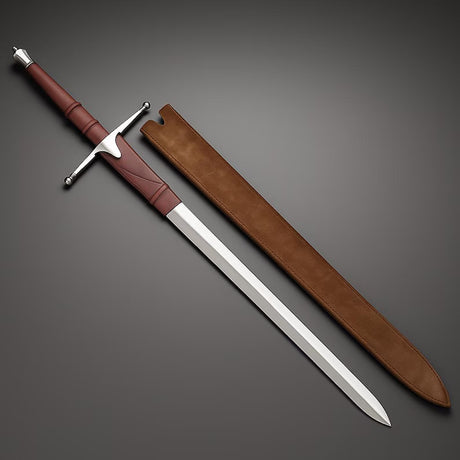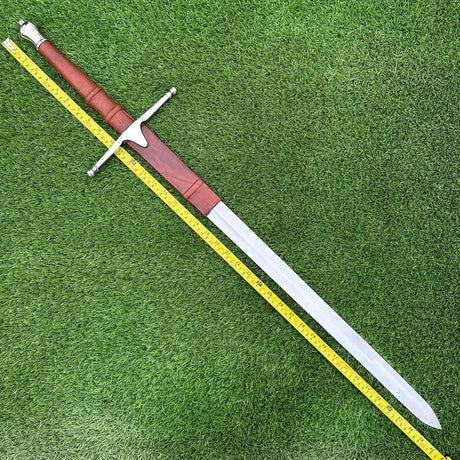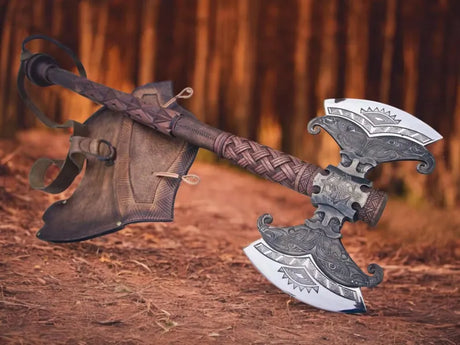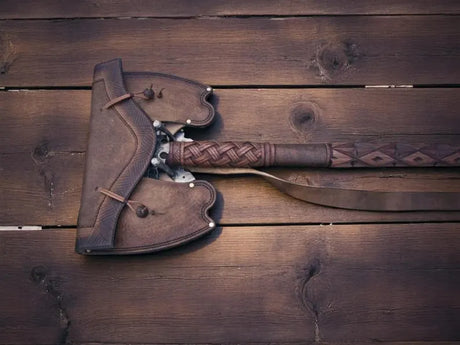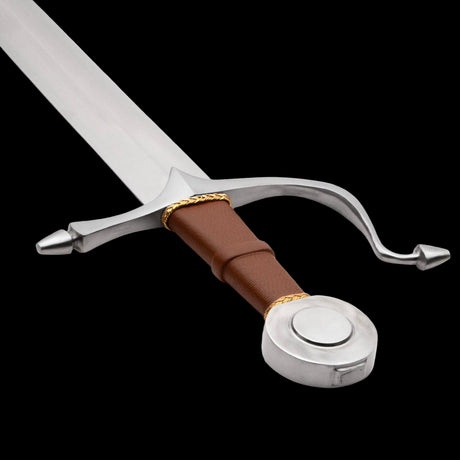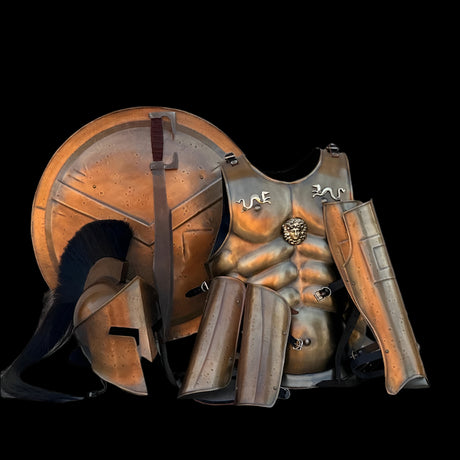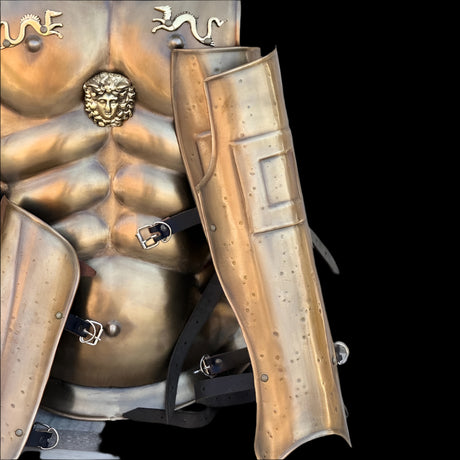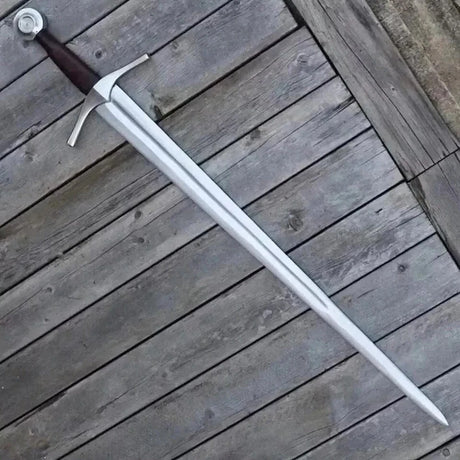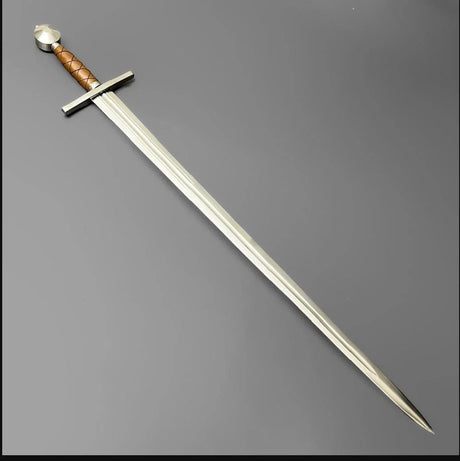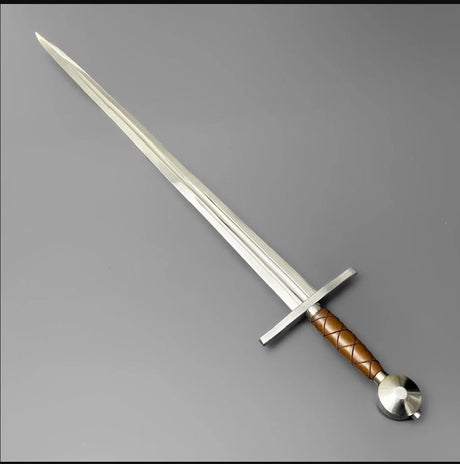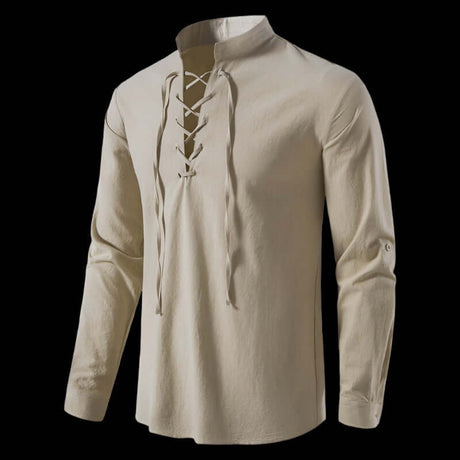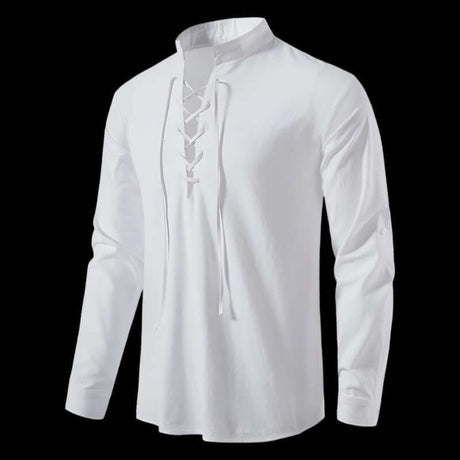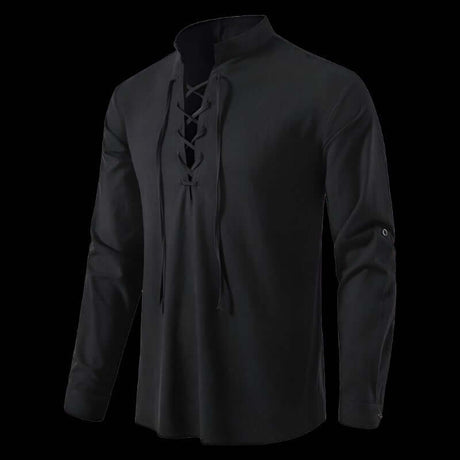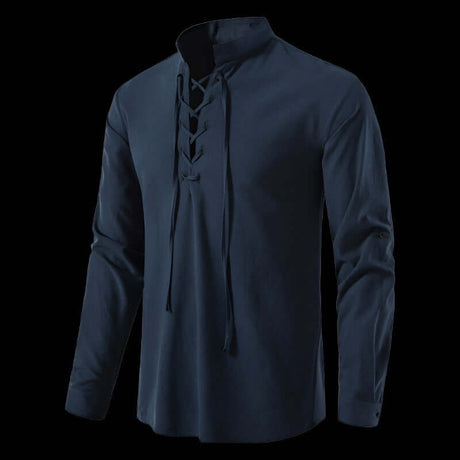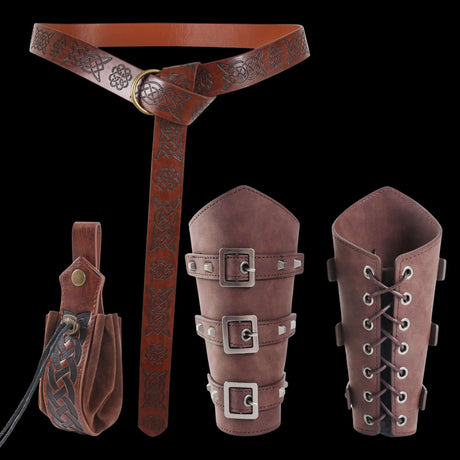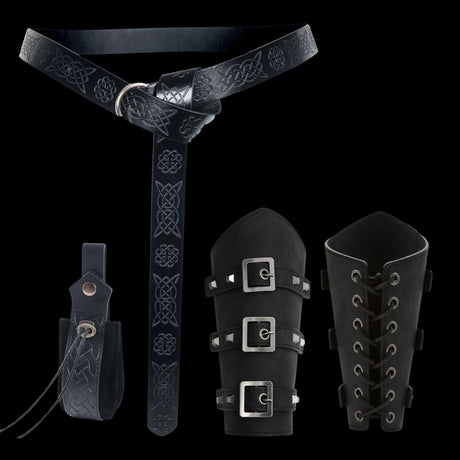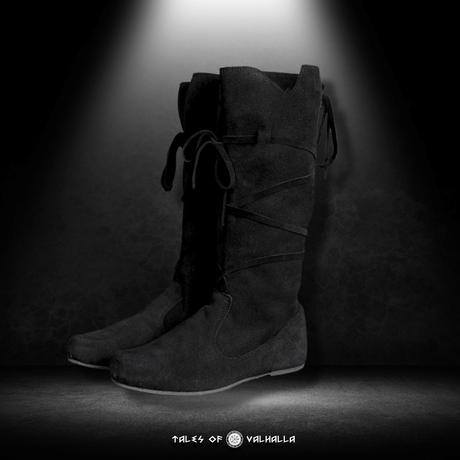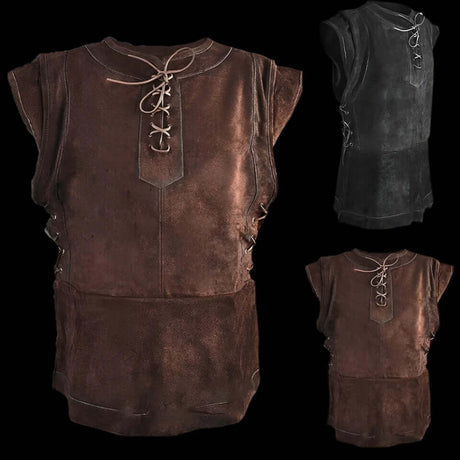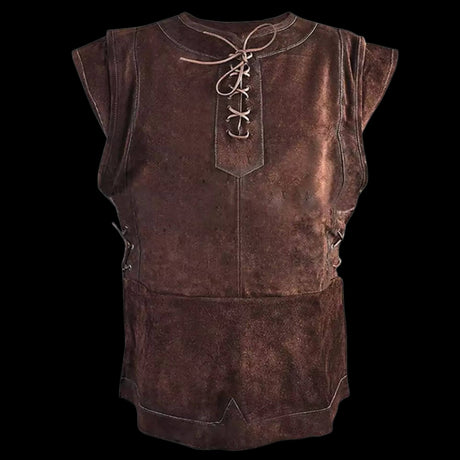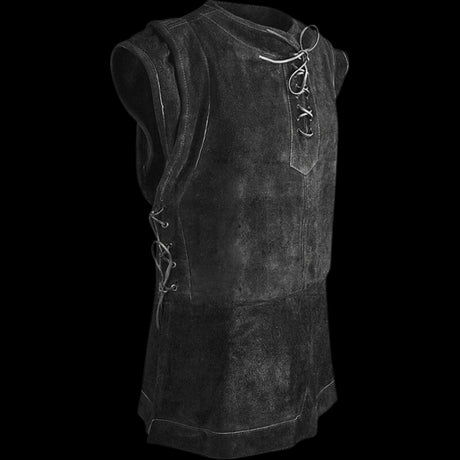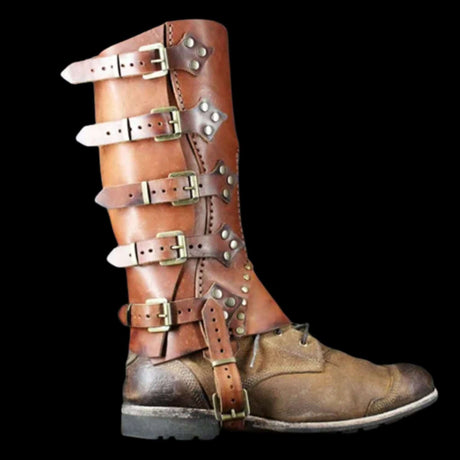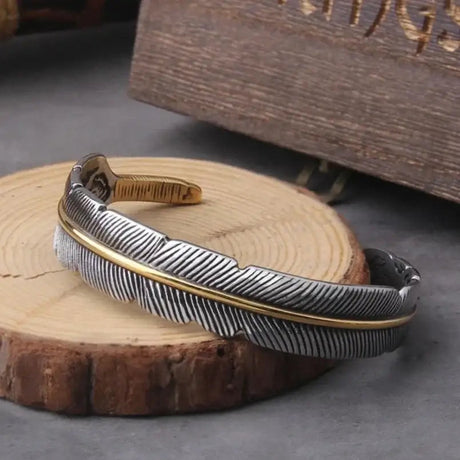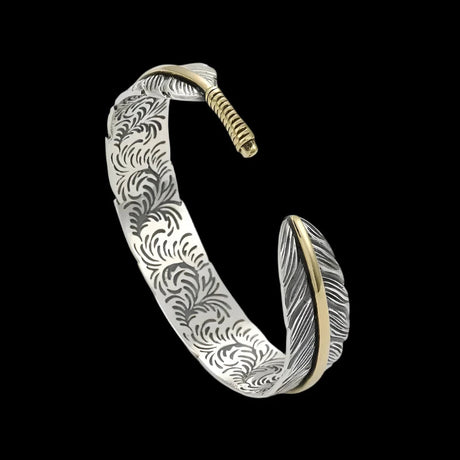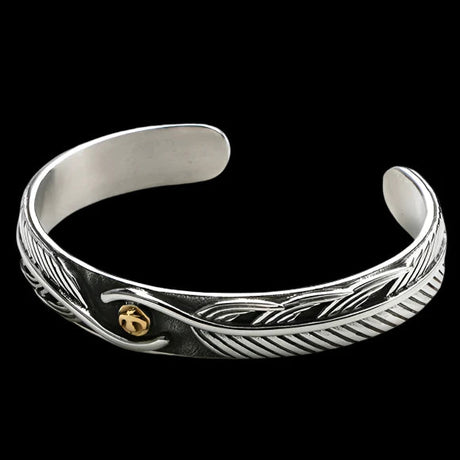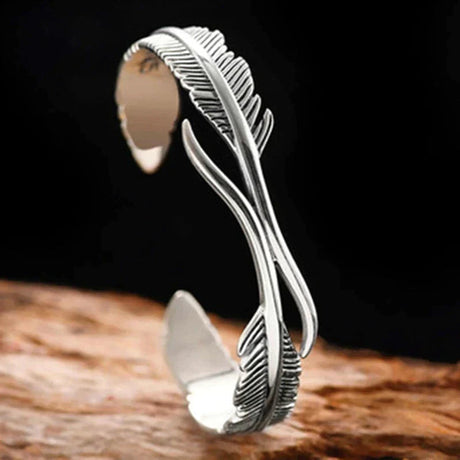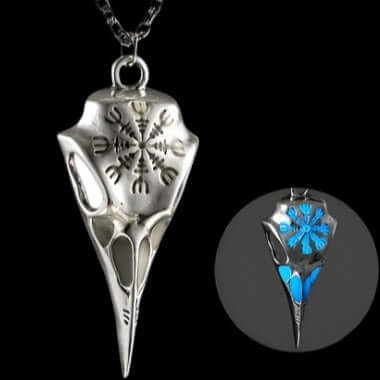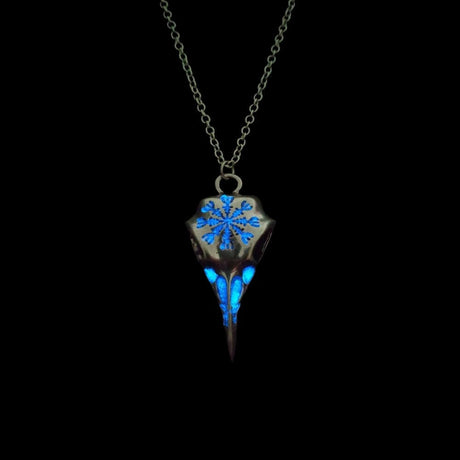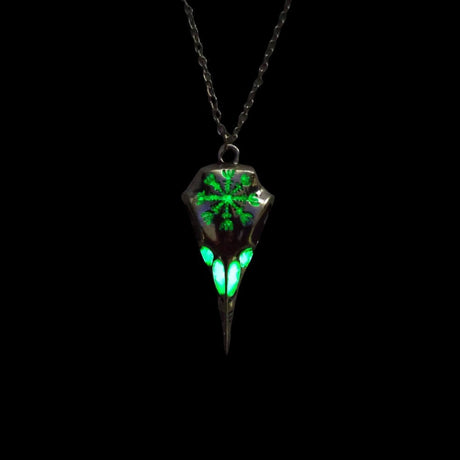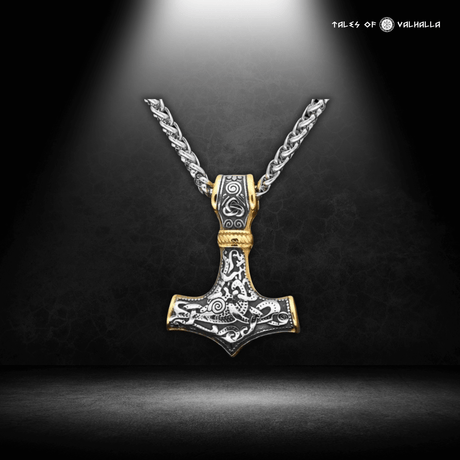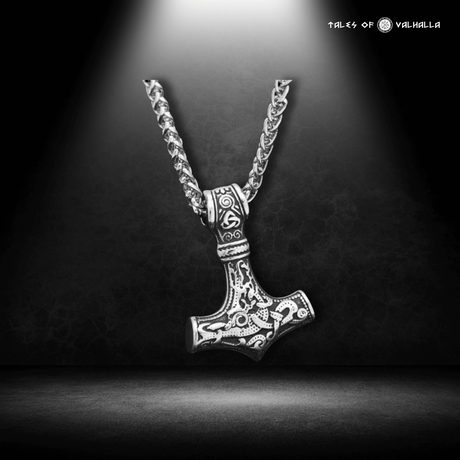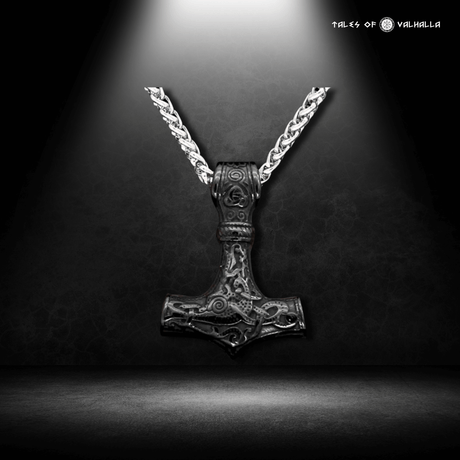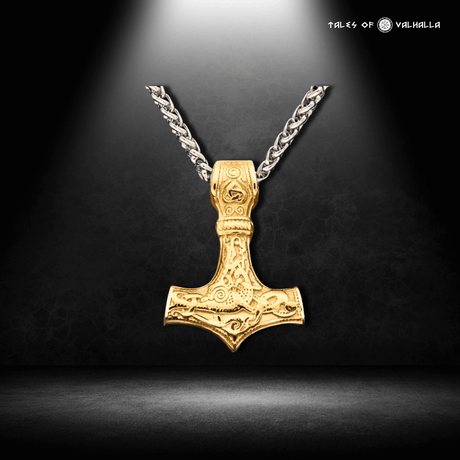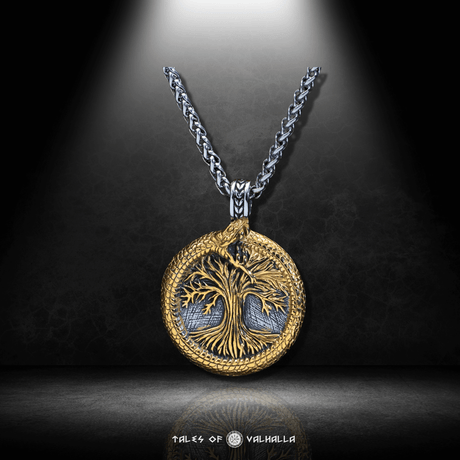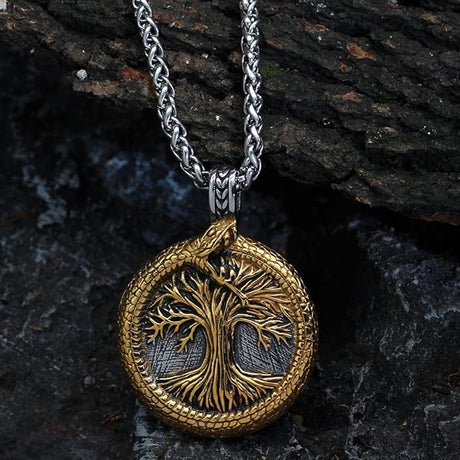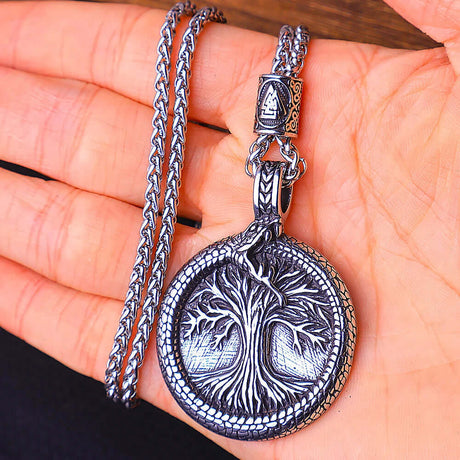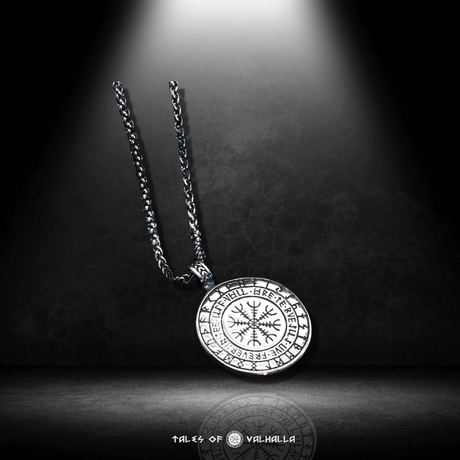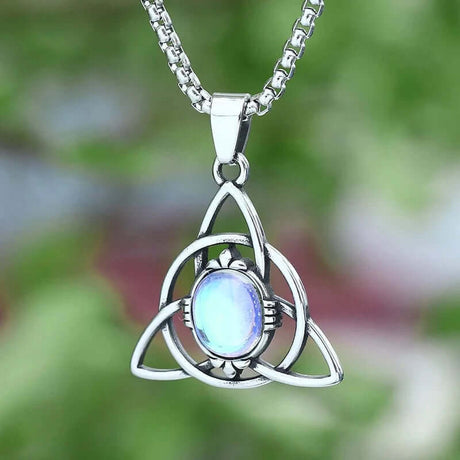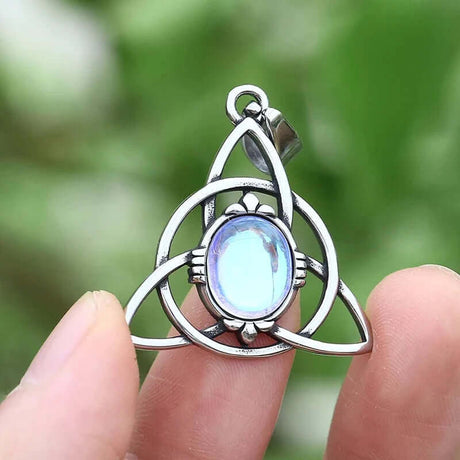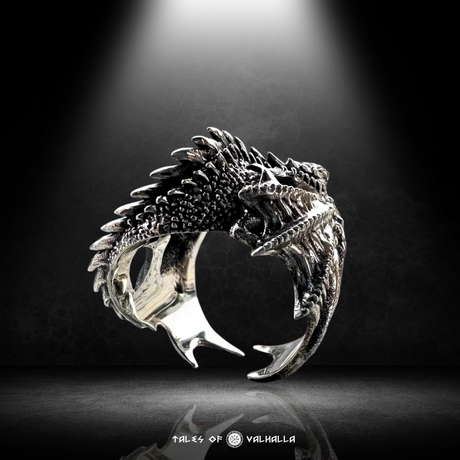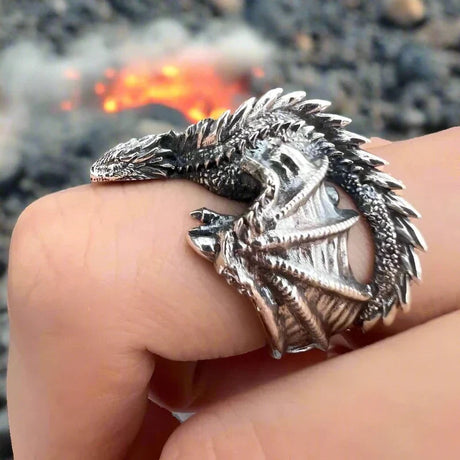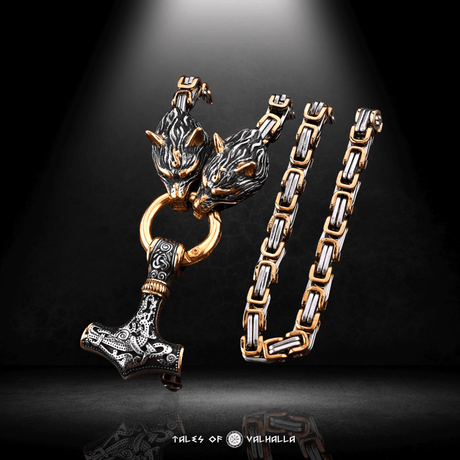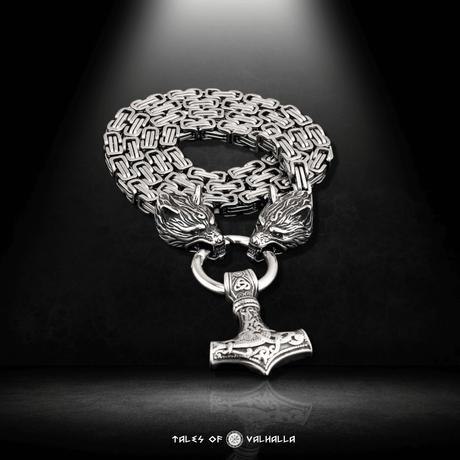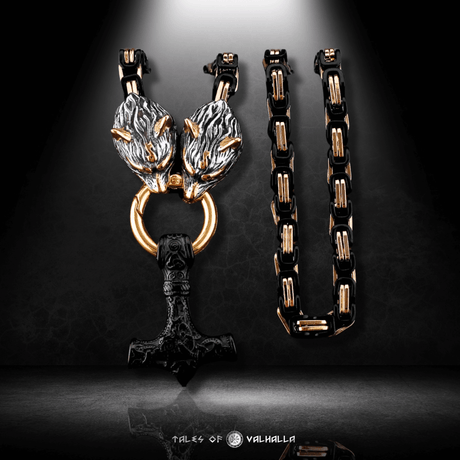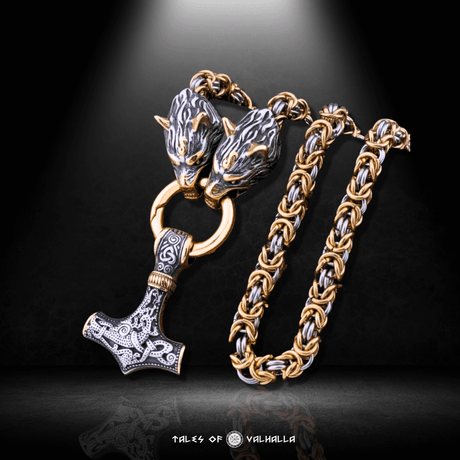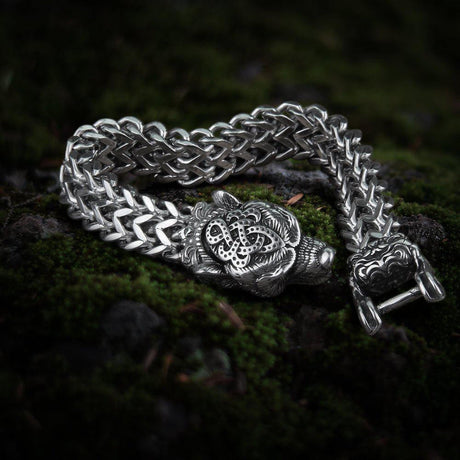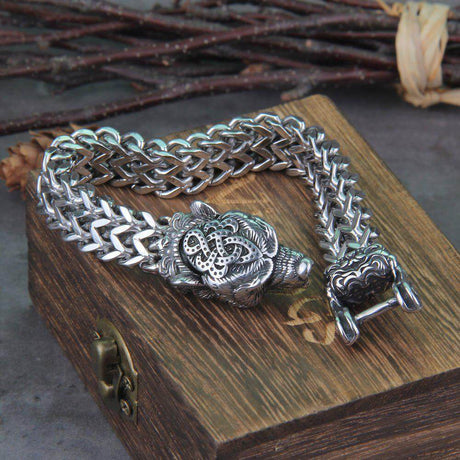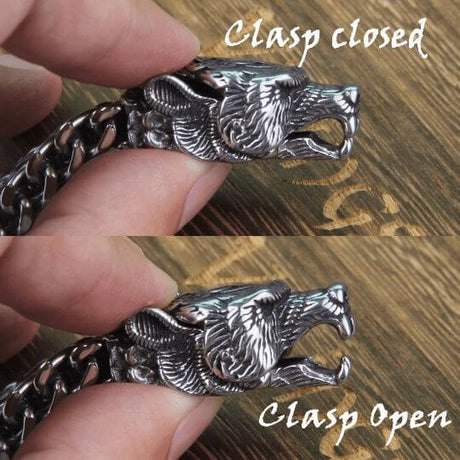When we conjure images of Vikings, we see longships, epic battles, and maybe a (historically inaccurate) horned helmet. But there's another, often overlooked, element that was central to Viking life: Viking beer. This wasn't just a thirst quencher; it was a social glue, a ritual offering, and a vital part of the Norse identity.
But what is Viking beer, really? How did it differ from the IPAs and lagers we enjoy today? Was it all just a weak, watery grog, or was there more to the story? Prepare to have your preconceptions shattered as we journey back in time to uncover the secrets of this ancient brew. We'll explore how it was made, what it might have tasted like, and why it held such a special place in Viking society.
Beyond the Stereotype: Why Viking Beer Matters
Forget the cartoonish image of a grunting barbarian guzzling ale from a dirty horn. Viking beer was far more sophisticated than that, and understanding its significance is key to understanding Viking culture as a whole.
More Than Just a Beverage: A Social and Cultural Staple
Viking beer was deeply ingrained in the social fabric of the Norse people. It wasn't just something to drink; it was a way to connect with others, celebrate milestones, and honor traditions.
- Feasts and Gatherings: No Viking feast or social gathering was complete without ample quantities of beer. It fueled conversations, songs, and the telling of sagas, creating a sense of community and shared experience.
- A Symbol of Hospitality: Offering a drink to a guest was a fundamental expression of Viking hospitality. To refuse a drink could be a serious insult, while generously providing for visitors was a mark of honor.
- Social Lubricant: Like alcohol in many cultures, Viking beer helped to ease social interactions, lower inhibitions, and create a more relaxed and festive atmosphere. This was important in a society that valued both strength and social cohesion.
A Drink with Divine Connections: Religion and Ritual
Viking beer wasn't just for earthly enjoyment; it also played a role in religious practices and beliefs.
- Offerings to the Gods: Vikings believed their gods appreciated a good drink. Beer was often offered as a sacrifice or libation to deities like Odin, Thor, and Freyr, seeking their favor and blessings.
- Ritual Toasts: Raising a horn of beer in a toast to the gods or ancestors was a common ritual, acknowledging their presence and seeking their protection.
- A Link to the Afterlife: Viking beer was sometimes included in grave goods, suggesting a belief that the deceased would need sustenance in the afterlife. It was believed that a great feast awaited them in Valhalla.
A Source of Nutrition: Beyond the Buzz
In an era before modern food preservation and sanitation, Viking beer provided more than just a pleasant buzz.
- Safer Than Water: In some areas, the fermentation process made beer a safer alternative to drinking water, as it could kill harmful bacteria. This was crucial in a time before widespread understanding of waterborne illnesses.
- Caloric Content: Made with whole grains, Viking beer was a source of calories and some nutrients, particularly B vitamins. This made it a valuable addition to the Viking diet, especially during the long winters.
>>> Shop Modern Drinking Horn Mug
Deconstructing Viking Beer: Ingredients and Brewing Techniques
So, what is Viking beer made of? Unlike modern beers that primarily rely on hops for flavor and preservation, Viking beer was a product of its environment, utilizing a range of locally sourced ingredients.

Viking Beer: Ingredients and Brewing Techniques
The Foundation: Malted Barley
- The Staple Grain: Barley was the most important ingredient in Viking beer. It was one of the few grains that could thrive in the challenging Scandinavian climate.
- Malting Process: Vikings practiced malting, a crucial step where barley grains are soaked in water until they begin to sprout. This activates enzymes that convert starches into fermentable sugars, the key to alcohol production.
- Drying and Roasting: After malting, the barley was dried, sometimes over a fire, which could impart a smoky flavor to the finished beer. The degree of roasting would affect the beer's color and flavor profile.
Beyond Barley: A World of Flavorings
While barley provided the fermentable base, Vikings didn't stop there. They experimented with a variety of flavorings, creating a diverse range of brews. This is a stark contrast to modern beer production.
- Bog Myrtle: This was a common addition, contributing a sweet, aromatic, and slightly resinous flavor to the beer. It was readily available in many parts of Scandinavia.
- Juniper: Juniper berries and branches added a distinctive piney, কিছুটা tart flavor that would have been quite refreshing.
- Heather: Heather flowers were used to impart floral and slightly bitter notes, adding another layer of complexity.
- Wild Hops: Although not as dominant as in later beers, wild hops grew in Scandinavia and were likely used on occasion for their bittering and preservative properties. They may have also been used for their medicinal properties.
- Other Additions: Archaeological evidence suggests that Vikings may have also experimented with other ingredients, such as meadowsweet, yarrow, and even tree bark, depending on availability and regional preferences.
The Brewing Process: A Blend of Tradition and Practicality
While we lack detailed written records of Viking brewing practices, we can piece together a likely scenario based on archaeological finds, later brewing traditions, and experimental archaeology.
- Malting: Barley grains were soaked in water and allowed to sprout, likely in a designated area of the longhouse or a separate building.
- Drying/Roasting: The malted barley was then dried, possibly over a fire or in a simple kiln, to halt the germination process.
- Mashing: The dried malt was crushed and mixed with hot water in a large vessel, such as a wooden tub or trough. This created the sugary liquid known as "wort." This process would extract the sugars from the malted barley.
- Flavoring: Herbs, spices, and other flavorings were added to the wort, either during the mashing process or later during fermentation.
- Fermentation: Yeast was introduced to the cooled wort. Vikings likely relied on wild yeasts or carefully preserved strains from previous batches. The mixture was then left to ferment in a large container, often made of wood or animal hide. This was often a communal activity.
- Serving: Viking beer was likely consumed relatively young and unfiltered, without a long aging or clarification process. It was probably served directly from the fermentation vessel or transferred to smaller containers like drinking horns or wooden bowls.
The Role of Women in Brewing: A Domestic Art
In Viking society, brewing was often considered a woman's domain. Women were responsible for cultivating and processing the ingredients, overseeing the brewing process, and ensuring a steady supply of beer for their households. This was a vital role, as beer was such an important part of daily life.
- Passing Down Knowledge: Brewing skills and recipes were likely passed down from mother to daughter, creating a rich tradition of female brewing expertise.
- Household Provisioning: Brewing was an essential part of household provisioning, much like baking bread or preserving food.
- Social and Economic Power: While often overlooked, the control over brewing gave women a degree of social and economic power within their communities.
>>> Shop Classic Drinking Horn
What Did Viking Beer Taste Like? A Sensory Exploration
While we can't taste Viking beer directly, we can make some educated guesses about its flavor profile based on the ingredients and brewing methods used.
A Symphony of Flavors: Beyond Our Modern Palate
- Sweet and Malty: The malted barley would have provided a distinct sweetness and a rich, malty base, similar to some traditional farmhouse ales.
- Herbal and Spicy: The use of bog myrtle, juniper, heather, and other wild herbs would have created a complex tapestry of herbal, spicy, and aromatic notes, unlike anything found in most modern beers. These flavors would have been quite pronounced.
- Possibly Smoky: If the barley was dried over a fire, the beer might have had a subtle smoky undertone, adding another dimension to its flavor.
- Variable Bitterness: Without the widespread use of hops, Viking beer likely had a lower and more variable level of bitterness compared to modern IPAs or pale ales. The bitterness would have come from the other herbs and spices used.
- Cloudy and Unfiltered: Viking beer was likely unfiltered and contained sediment from the grains and yeast, giving it a cloudy appearance and a thicker texture.

What Did Viking Beer Taste Like
Alcohol Content: A Moderate Brew
Viking beer was likely lower in alcohol than many of today's beers.
- Estimated ABV: Most estimates place the alcohol content around 3-5% ABV, similar to a session beer or a light ale by modern standards.
- Factors Influencing Strength: The specific alcohol content would have varied depending on factors like the amount of malted barley used, the fermentation time, and the yeast strain.
- Stronger Brews for Special Occasions: While everyday Viking beer was probably relatively mild, stronger versions may have been brewed for special occasions, feasts, or rituals.
A Drink of Its Time: Context is Key
It's important to remember that taste is subjective and culturally influenced. What the Vikings considered a delicious and refreshing beer might seem unusual or even unpalatable to our modern palates, accustomed as we are to the specific flavors of commercially produced beers.
The Cultural Significance of Viking Beer: Beyond the Buzz
Viking beer was far more than just a tasty beverage; it played a crucial role in shaping social interactions, religious practices, and even the Viking economy.
Social Lubricant and Community Builder
Sharing a drink was a fundamental social act in Viking society.
- Feasting and Celebrations: Viking beer flowed freely at feasts, weddings, funerals, and other important social gatherings. It helped to create a festive atmosphere and strengthen bonds between individuals and communities. These events were central to Viking social life.
- Hospitality and Gift-Giving: Offering a drink to a guest was a paramount expression of hospitality. Viking beer, along with food, was a customary gift for travelers and visitors.
- Social Rituals: Drinking was often accompanied by specific rituals, such as toasting, sharing drinking horns, and reciting poems or songs. These rituals reinforced social hierarchies and cultural values.
Religious and Spiritual Connections
Viking beer also had a place in the spiritual realm.
- Offerings to the Gods: Beer was a common offering to the Norse gods, poured out as a libation or left at sacred sites. This act was a way of showing respect and seeking favor.
- Connection to the Afterlife: The presence of drinking vessels in Viking graves suggests a belief that the deceased would continue to enjoy beer in the afterlife, particularly in the great hall of Valhalla, where fallen warriors were said to feast eternally.
- Mythological Significance: While mead is more famously associated with the divine in Norse mythology, beer also appears in myths and sagas, further solidifying its cultural importance.
Economic Importance: Trade and Production
While much of the brewing in the Viking Age was likely done on a household level, there is evidence to suggest that beer production and trade also played a role in the Viking economy.
- Local Production: Most Viking beer was probably brewed locally, using ingredients sourced from the surrounding area.
- Specialized Brewers: As communities grew larger and more complex, it's possible that some individuals specialized in brewing, producing beer for sale or trade.
- Trade and Exchange: While less common than goods like furs, textiles, or precious metals, beer may have been traded or exchanged, particularly within local or regional networks. There is evidence to suggest that this did happen, on a small scale.
Viking Beer: A Modern Revival
The fascination with all things Viking has led to a resurgence of interest in Viking beer in recent years. Modern craft brewers are experimenting with ancient ingredients and techniques, attempting to recreate the flavors of this historical brew for a contemporary audience.
Experimental Archaeology: Brewing Like a Viking
- Recreating Ancient Methods: Some brewers collaborate with archaeologists and historians to develop recipes and brewing methods that are as historically accurate as possible. This often involves using traditional equipment, such as wooden vats and open fires.
- Sourcing Authentic Ingredients: They may source heritage grains, wild herbs, and even attempt to cultivate wild yeast strains to mimic the ingredients used by the Vikings. This can be a challenging but rewarding process.
- Challenges and Limitations: Recreating authentic Viking beer is a challenging endeavor, as our knowledge of Viking brewing practices is incomplete, and some ingredients may no longer be available.
Modern Craft Beer Inspired by Vikings
- A New Wave of Flavors: Many craft breweries are producing beers that, while not strictly historical, are inspired by the idea of Viking beer. These beers often feature ingredients like juniper, bog myrtle, and heather, evoking the flavors of the Scandinavian landscape.
- Marketing and Branding: These beers are often marketed with Viking-themed names, imagery, and branding, appealing to consumers' interest in Norse history and mythology. This helps to create a sense of authenticity and connection to the past.
- A Growing Niche: Viking-inspired beers represent a small but growing niche within the larger craft beer market, demonstrating the enduring appeal of Viking culture. They offer a unique alternative to more mainstream beer styles.
The Cultural Impact: Connecting with the Past
The revival of interest in Viking beer is part of a broader cultural trend that seeks to reconnect with the past and explore historical traditions.
- Historical Reenactment: Viking reenactment groups often incorporate brewing into their activities, attempting to recreate the experience of a Viking Age feast or gathering. This allows them to immerse themselves in the culture more fully.
- Heritage Tourism: In regions with a strong Viking heritage, such as Scandinavia, visitors can often sample locally brewed beers that are inspired by Viking traditions. This can be a unique and memorable part of a cultural tourism experience.
- A Sense of Identity: For some, exploring Viking beer is a way to connect with their own Scandinavian ancestry or to embrace a sense of shared cultural heritage. It can be a way of celebrating their roots.
Conclusion: A Lasting Legacy in Every Sip
Viking beer was far more than just a drink; it was a vital part of Viking society, culture, and even their very survival. It played a role in their social interactions, their religious beliefs, and their daily lives. From the bustling feasts in the longhouses to the quiet offerings made to the gods, Viking beer was there, a constant presence in a challenging and often unpredictable world.
While we can never fully recreate the exact taste of authentic Viking beer, the efforts of modern brewers, historians, and enthusiasts allow us to glimpse into the past and appreciate the ingenuity and resourcefulness of the Norse people. The next time you enjoy a craft beer, especially one with unique, earthy flavors, take a moment to reflect on the long and fascinating history of brewing that stretches back to the Viking Age and beyond. And if you're thirsty for more knowledge about the Viking world, their customs, and their legendary beverages, be sure to visit tales of valhalla for a wealth of information and a community that shares your passion. The story of Viking beer is a reminder that even the simplest things can hold deep cultural significance, and that the past, in many ways, continues to shape our present.
FAQs
-
What is Viking beer?
Viking beer was a traditional beverage brewed by the Norse people, made primarily from barley, water, and natural yeast. It was unfiltered, cloudy, and often flavored with herbs like juniper or yarrow instead of hops. -
How was Viking beer brewed?
Vikings brewed beer using simple methods, fermenting a mixture of barley, water, and herbs in wooden vats. The process relied on natural yeast for fermentation, resulting in a rustic and unrefined brew. -
Did Vikings use hops in their beer?
No, hops were not commonly used in Viking beer. Instead, they used locally available herbs such as juniper, bog myrtle, or yarrow to add flavor and preserve the brew. -
Was Viking beer alcoholic?
Yes, Viking beer contained alcohol, but it was typically lower in alcohol content compared to modern beers. It was consumed regularly, even by children, as a safer alternative to untreated water. -
What role did beer play in Viking culture?
Beer was a staple in Viking daily life and an integral part of social gatherings, feasts, and rituals. It symbolized hospitality and community and was often consumed during celebrations and religious ceremonies. -
How does Viking beer compare to modern beer?
Viking beer was unfiltered, less carbonated, and brewed with herbs instead of hops, giving it a unique flavor distinct from modern beer. It was also likely less consistent in taste and alcohol content due to the primitive brewing methods.










